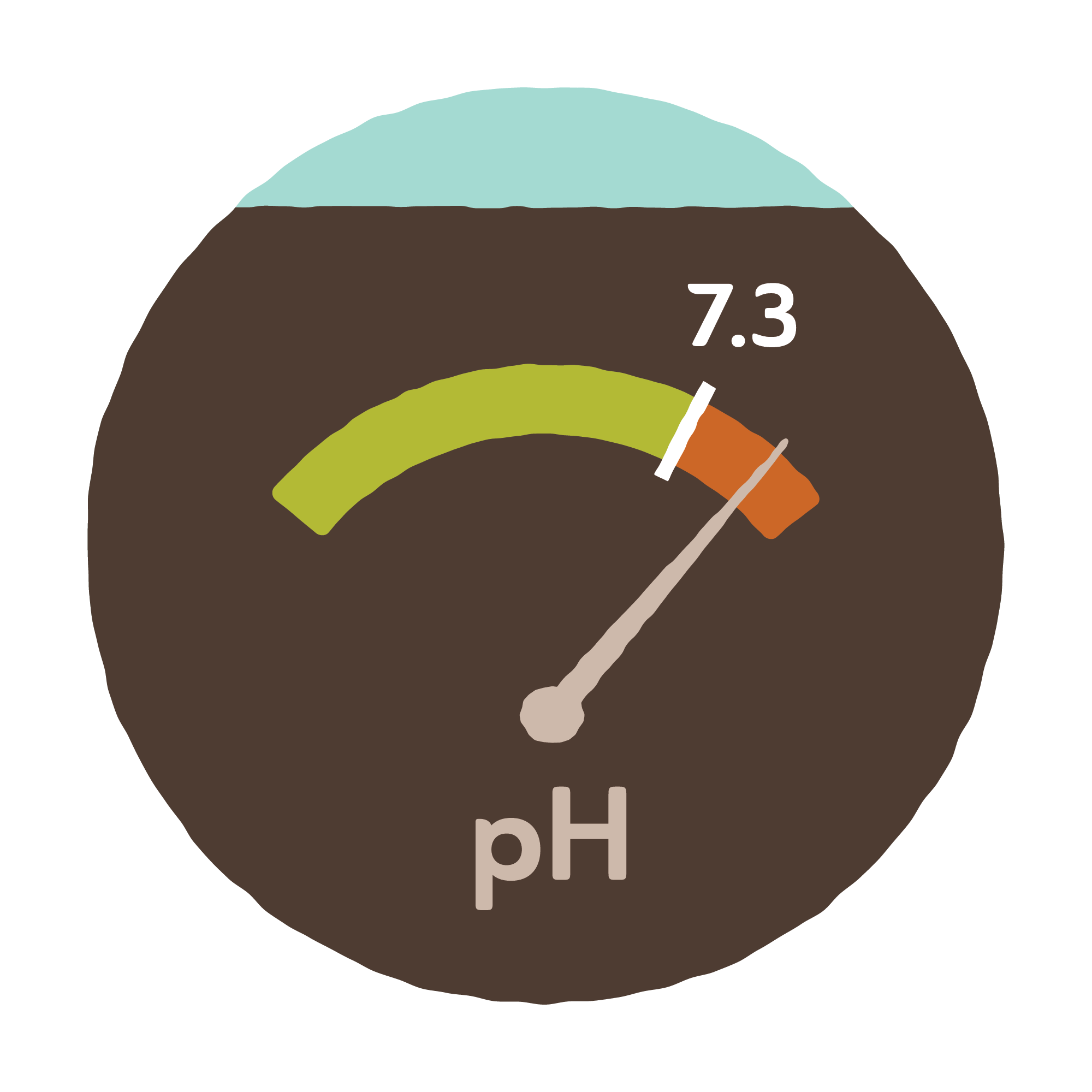
Alkaline soils
Soil with a high pH level (greater than 7.3). When soil pH is greater than 8.0, availability of nutrients like phosphorus or micronutrients (i.e., Zn, Cu, Mn, Fe, etc.) can be reduced. Soil pH greater than 8.3 can indicate high sodium or sodic soil problems and often drainage issues

Agroecology
Defined by the FAO as a “holistic and integrated approach that simultaneously applies ecological and social concepts and principles to the design and management of food and agricultural systems”. It promotes farming practices that mitigate climate change by reducing emissions, recycling resources, and prioritising local supply chains, among other benefits
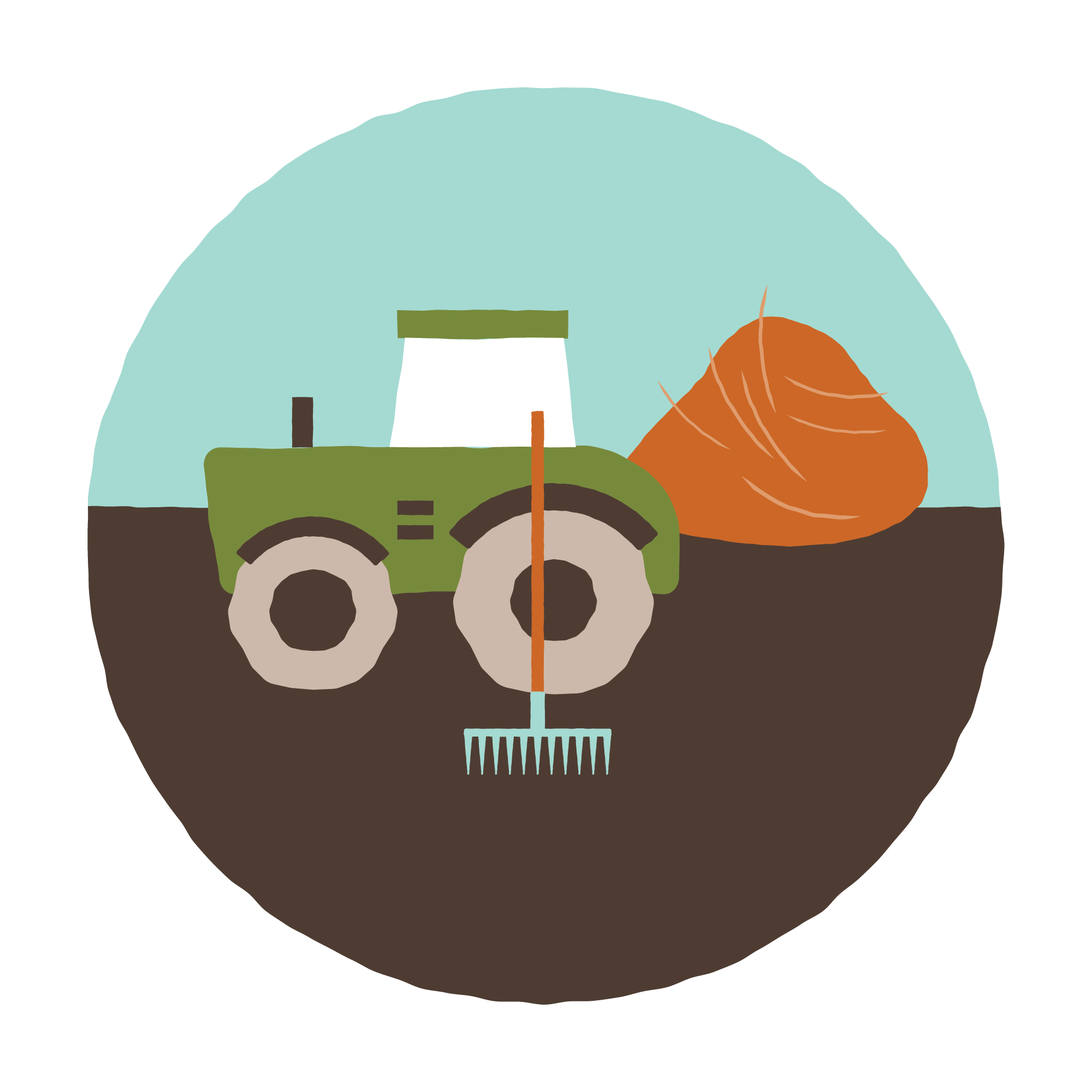
Agronomic practices
Techniques, strategies, and practices used in the cultivation of crops. These include methods of planting, fertilisation, pest control, irrigation, and harvest

Bio-based feedstock
Type of renewable raw material derived from biological sources, such as plants, animals, and microorganisms. It is used in the production of bioplastics, biofuels, and other bio-based products. Bio-based feedstock is a more sustainable and environmentally-friendly alternative to traditional petroleum-based feedstocks
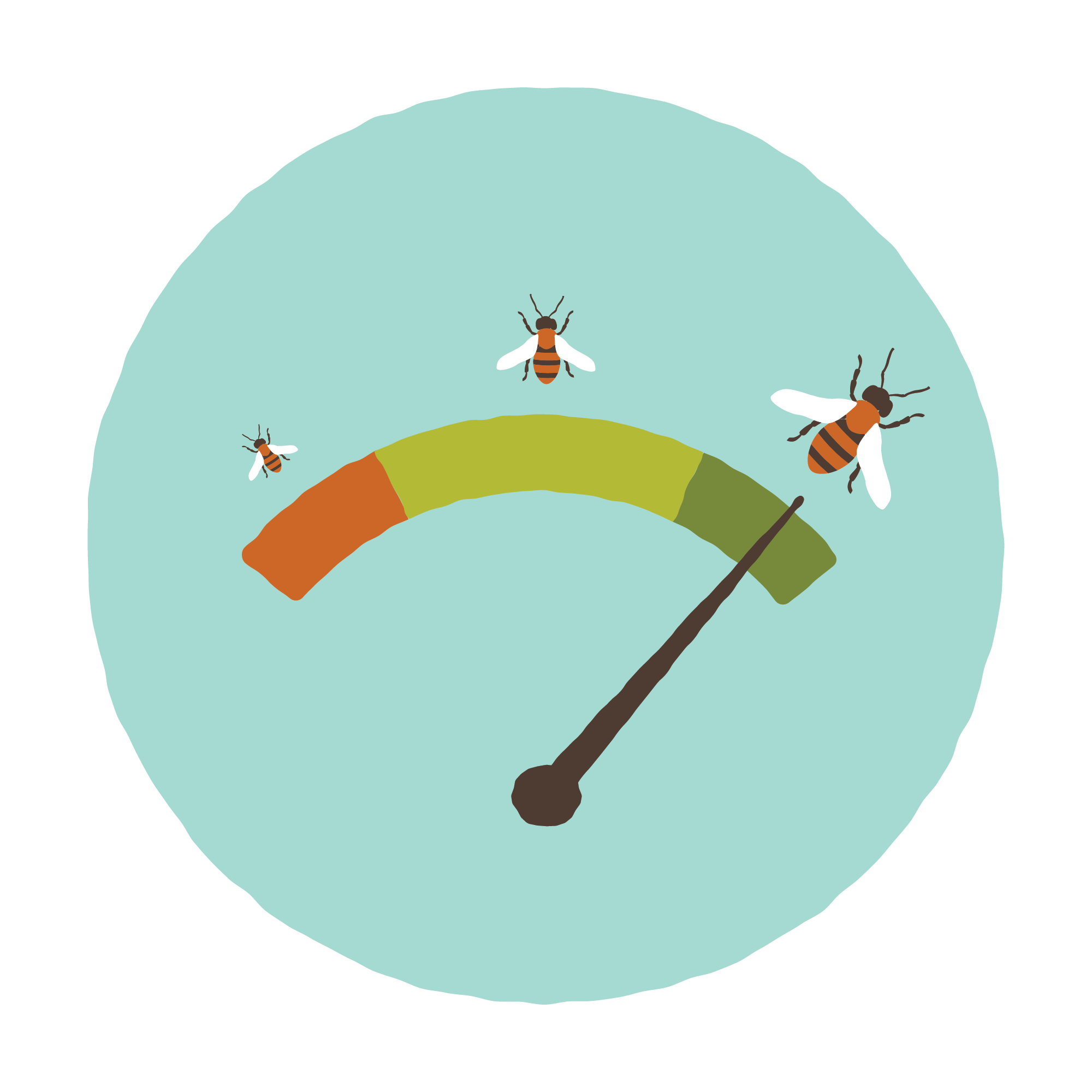
Biodiversity indicators
Communication tools that summarise data on complex environmental issues. They are important for monitoring the status and trends of biological diversity and, in turn, feeding back information on ways to continually improve the effectiveness of biodiversity policies and management programmes

Bioeconomy
Knowledge-based production and use of natural/biological resources, together with biological processes and laws, that allow providing economic goods and services in an environmentally-friendly way

Biofertilisation
Process of improving the fertility of the land using biofertilisers (environmentally-friendly fertilisers that contains a carrier medium rich in live microorganisms). Biofertilisation is carried out to increase the organic matter in the soil and improve the growth of plants by combating diseases

Biomass cascade
When the energy from biomass is produced in a way that minimises excessive destructive effects on the biomass market and harmful effects on biodiversity. It means that natural resources should be used and recycled for as long as possible, and allocated to the most valuable purposes possible at each stage
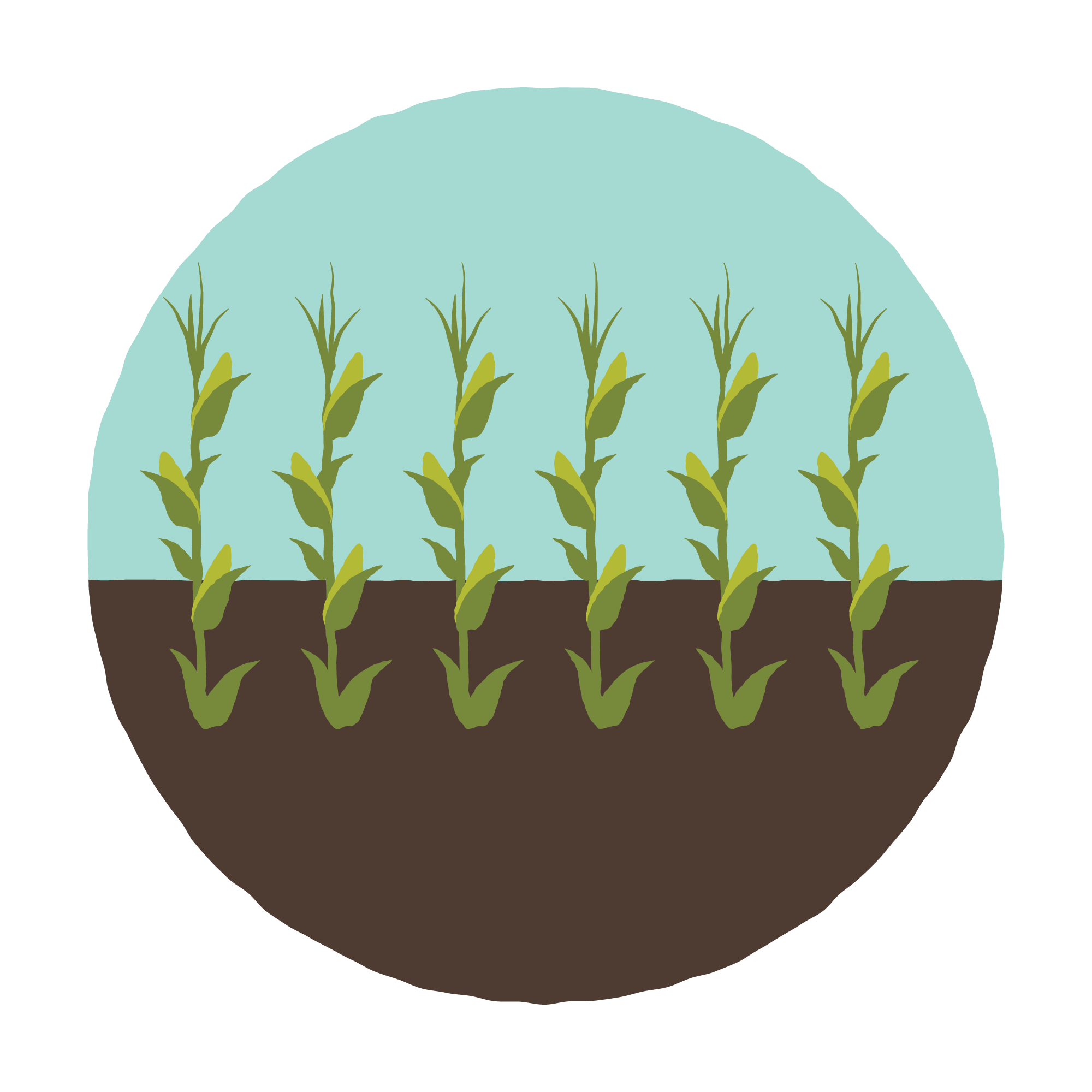
Biomass feedstock
Organic matter can be used as a sustainable feedstock for a wide range of industrial applications and energy products. It is a key tool in the ongoing transition away from fossil-based raw materials. Energy crops is one of important use of biomass feedstocks
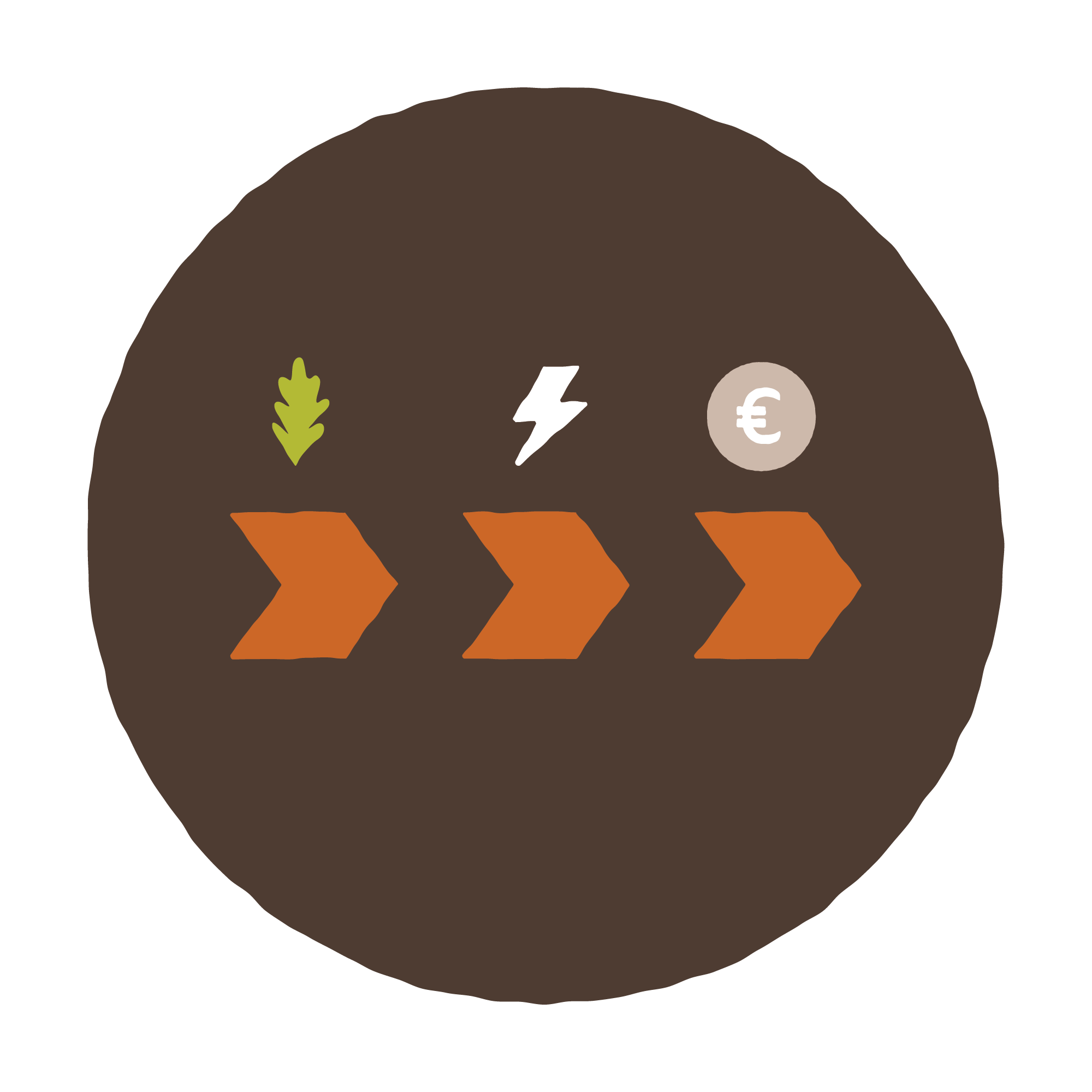
Biomass value chain
Sequential, interdependent economic activities including land use and feedstock production, conversion to energy or bio-based carriers, and variable markets using the end products

Biorefinery
Facility or network of facilities that integrate biomass conversion processes and equipment to produce transportation biofuels, power, and chemicals from biomass

Compost
Compost is decomposed or well-rotted organic material. It can be made from a variety of organic materials, such as vegetable waste, leaves, grass clippings, and animal manure

Digestate
Material remaining after the anaerobic digestion (decomposition under low oxygen conditions) of a biodegradable feedstock. Anaerobic digestion produces two main products: Digestate and biogas

Desertification
Type of land degradation in dry lands in which biological productivity is lost leaving fertile areas arid and can be either due to natural processes or induced by human activities

Ecosystem services
Direct and indirect contributions that ecosystems provide for human well-being and quality of life. This can be in a practical sense, such as food and water provision and climate regulation, as well as cultural aspects such as reducing stress and anxiety
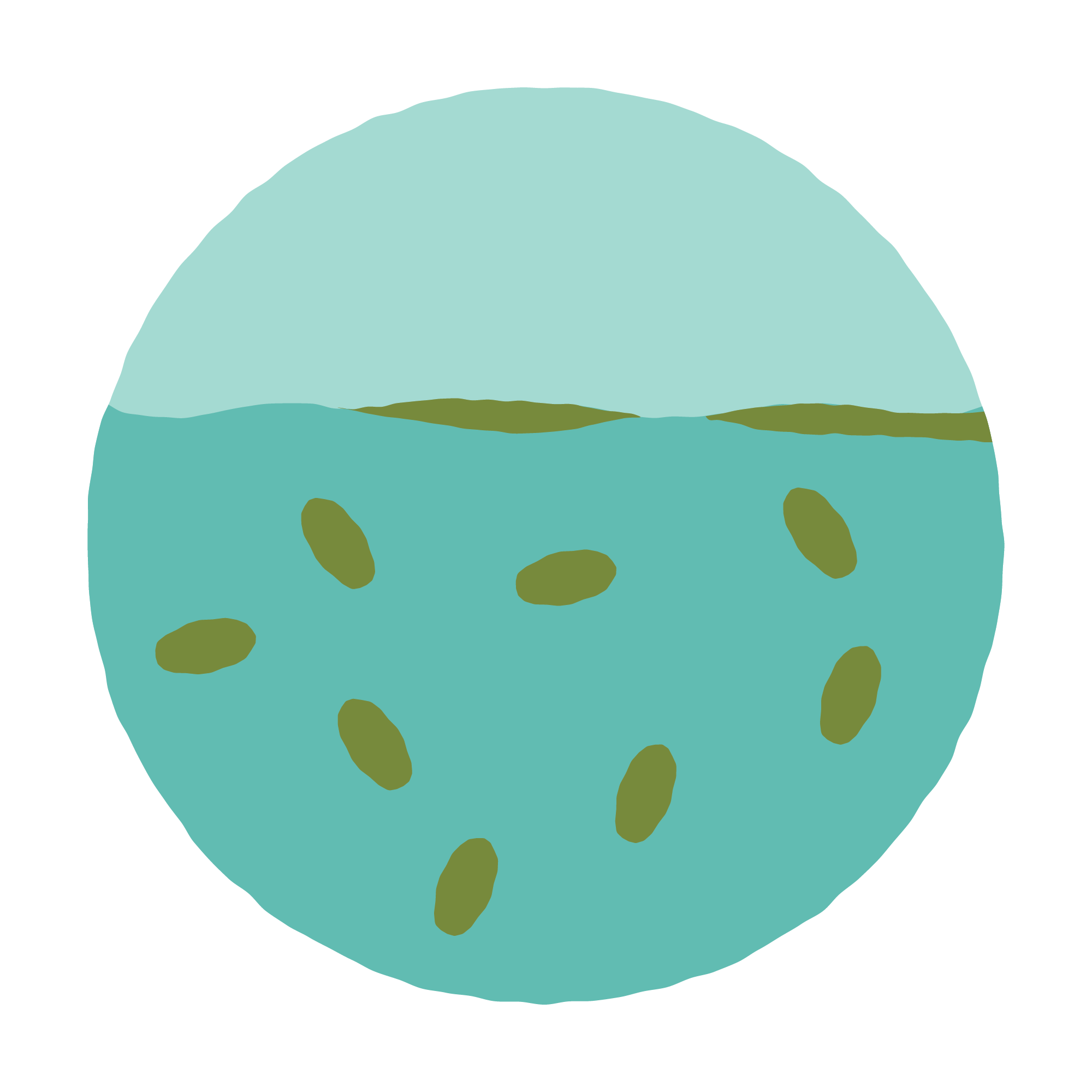
Eutrophication
Process by which an entire body of water, or parts of it, becomes progressively enriched with minerals and nutrients, particularly nitrogen and phosphorus often associated with agricultural and farming activities

Fallow land
Arable land not under rotation that is set at rest for a period of time ranging from one to five years before it is cultivated again, or land usually under permanent crops, meadows or pastures, which is not being used for that purpose for a period of at least one year

Fenlands
Fenands are an important and unique wetland type. Fens are peat-forming wetlands that rely on groundwater input and require thousands of years to develop and cannot easily be restored once destroyed. Fens are hotspots of biodiversity, home to rare plants, insects, and small mammals
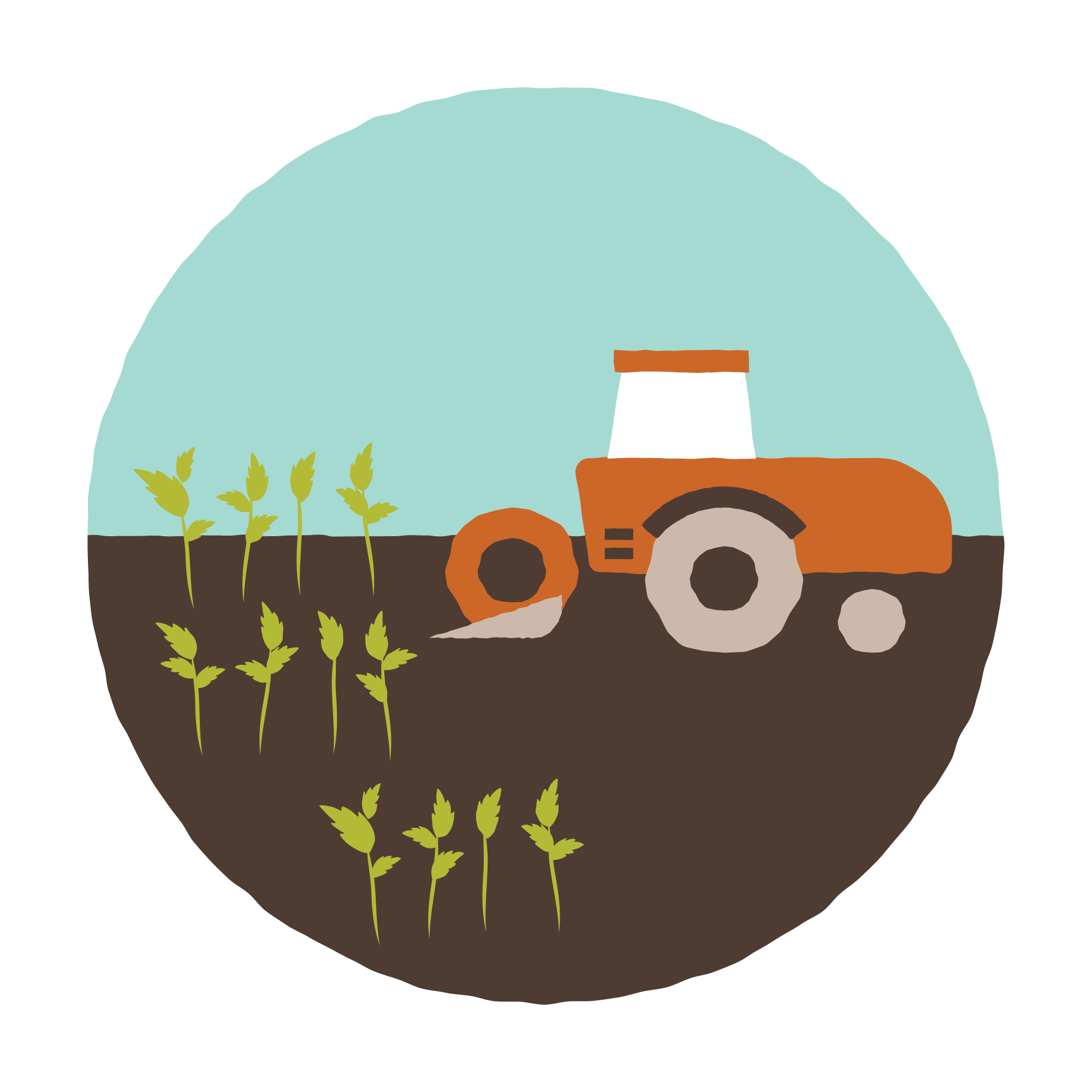
Harvesting technologies
Biomass harvesting and collection is an important step involving gathering and removal of the biomass from field, which is dependent on the state of biomass, i.e., grass, woody, or crop residue. The moisture content and the end use of biomass also affect the way biomass is collected
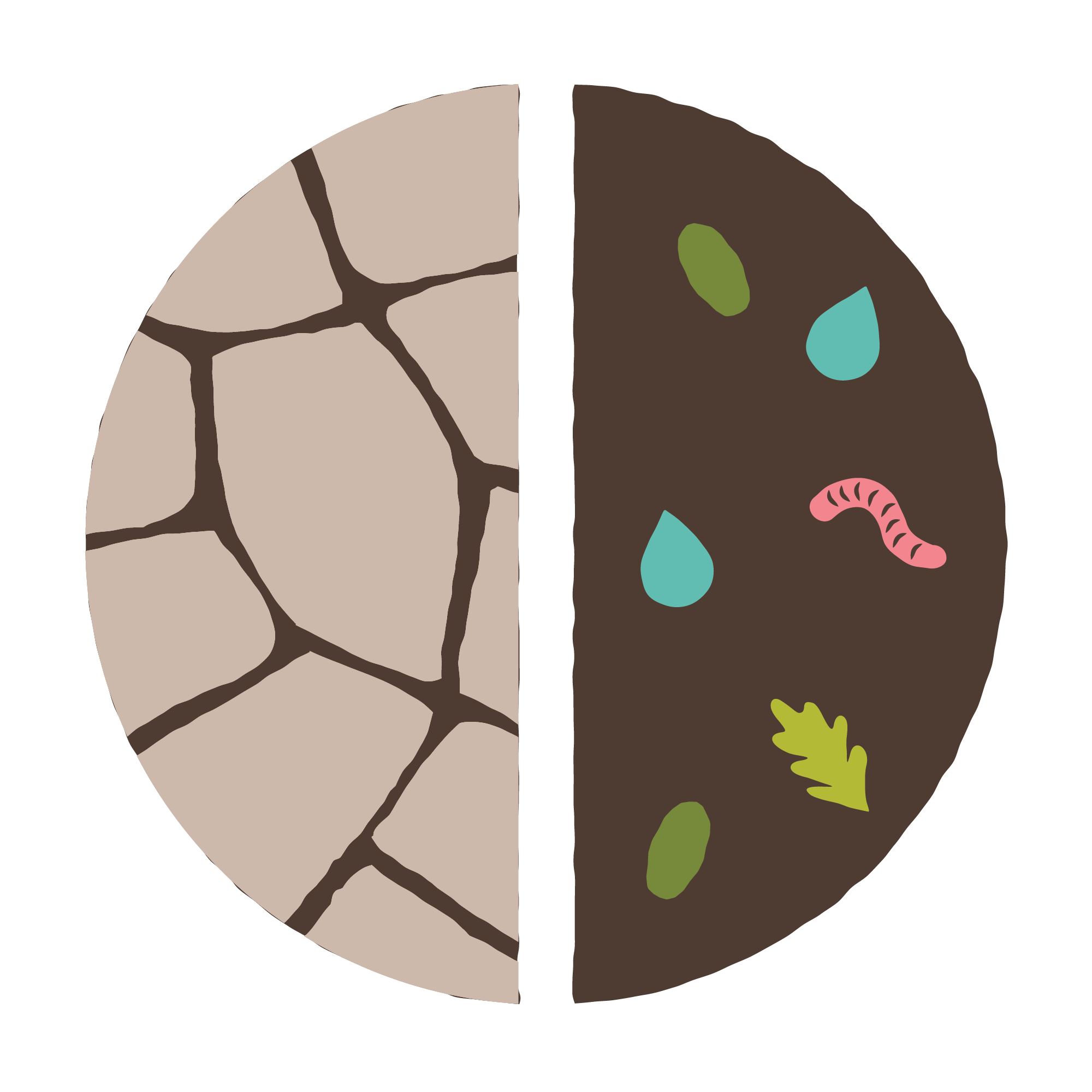
Healthy vs. Unhealthy soil
Healthy soil is teeming with life and nutrients, while unhealthy soil is challenged by erosion, intensive cultivation, invasive species, and more

Humus
Dark, organic material that forms in soil when plant and animal matter decays. Humus consists of half carbon, is stable in parts for centuries and is fed exclusively by biomass whose carbon comes from carbon dioxide in the air. Humus improves soil fertility, water retention, cation exchange capacity, nutrient availability, and soil health

ILUC
Indirect land-use change (ILUC) occurs when the increased demand for feedstocks leads to agricultural expansion and the conversion of natural lands

Intercropping
Multiple cropping practice that involves the cultivation of two or more crops simultaneously on the same field. The most common goal of intercropping is to produce a greater yield on a given piece of land by making use of resources or ecological processes that would otherwise not be available by a single crop

Lignocellulosic fibres/biomass
Lignocellulosic biomass is the most abundantly available raw material on the Earth for the production of bio-based products. It can be broadly classified into virgin biomass, waste biomass, and energy crops. The first application of lignocellulosic biomass is to use lignocellulosic fibers as reinforcements in cementitious materials

Marginal lands
Land that is biophysically poor and land that is currently idle/fallow (economically marginal land for food crops), as well as land that is in crop production but losing soil organic matter, suffering from erosion or high nutrient run-off, or foregoing significant habitat value (socially marginal land for food crops)
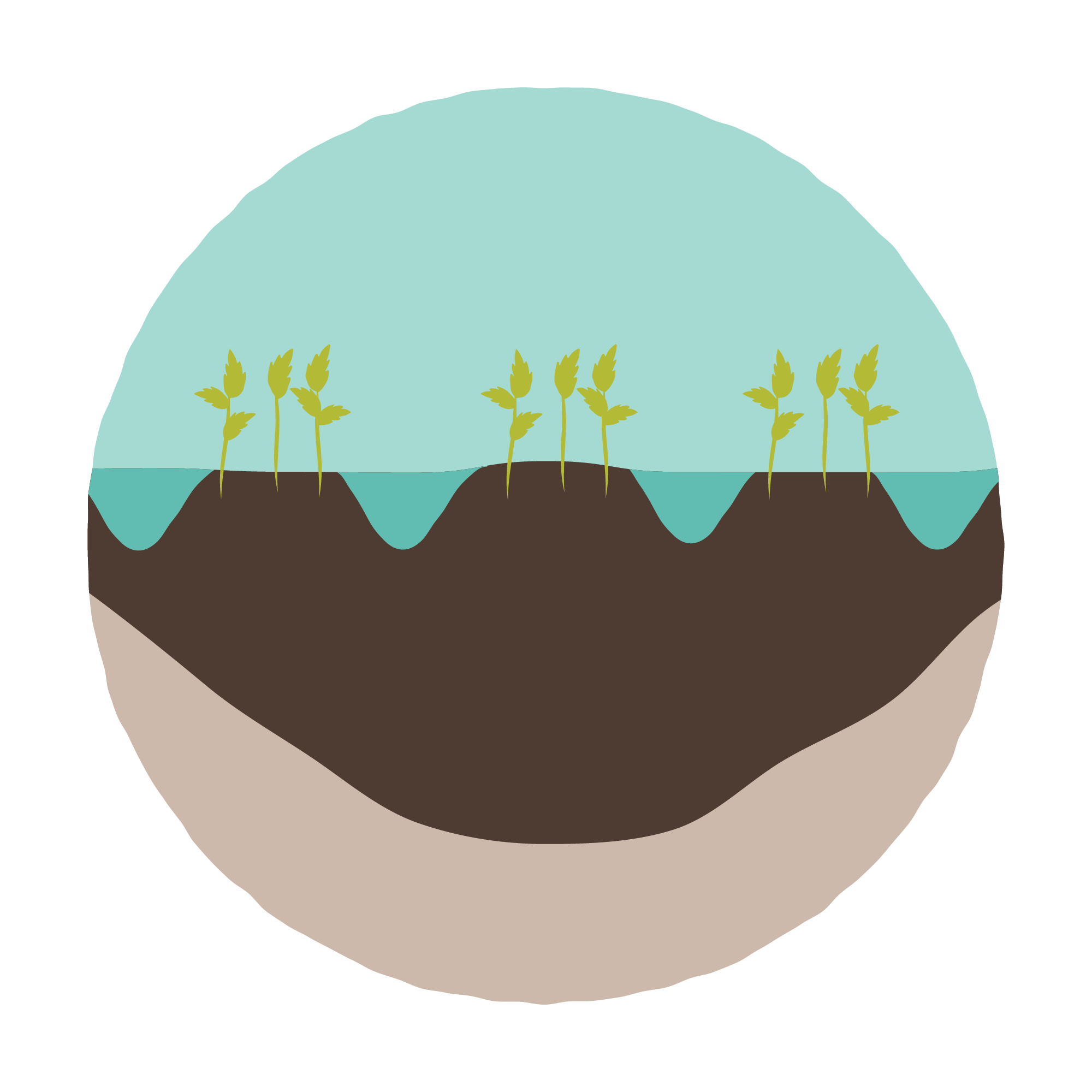
Paludiculture
System of agriculture for the profitable production of wetland crops under conditions that support the competitive advantage of these crops. It is also known as farming with high water tables
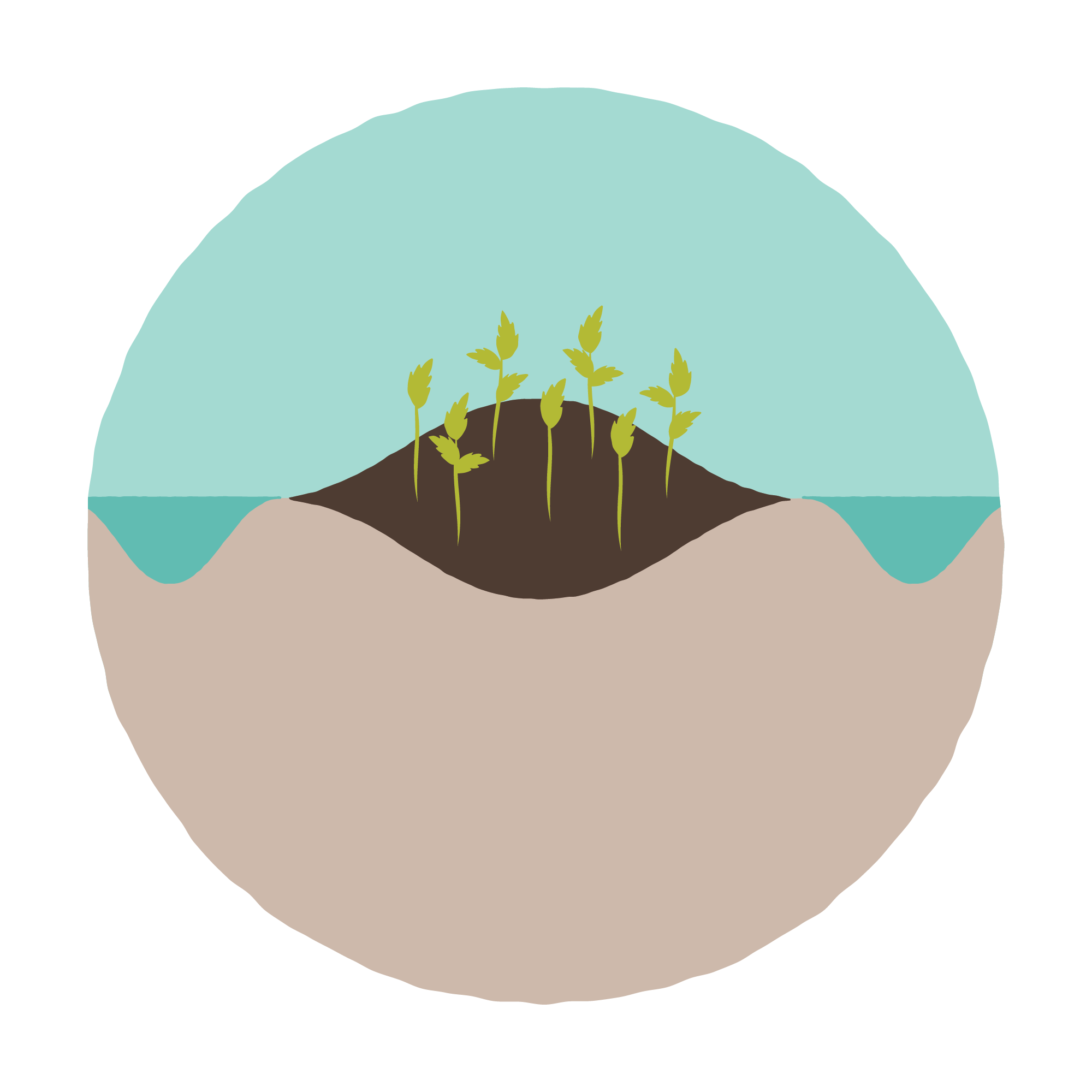
Peatlands
Terrestrial wetland ecosystems in which waterlogged conditions prevent plant material from fully decomposing. Consequently, the production of organic matter exceeds its decomposition, which results in a net accumulation of peat
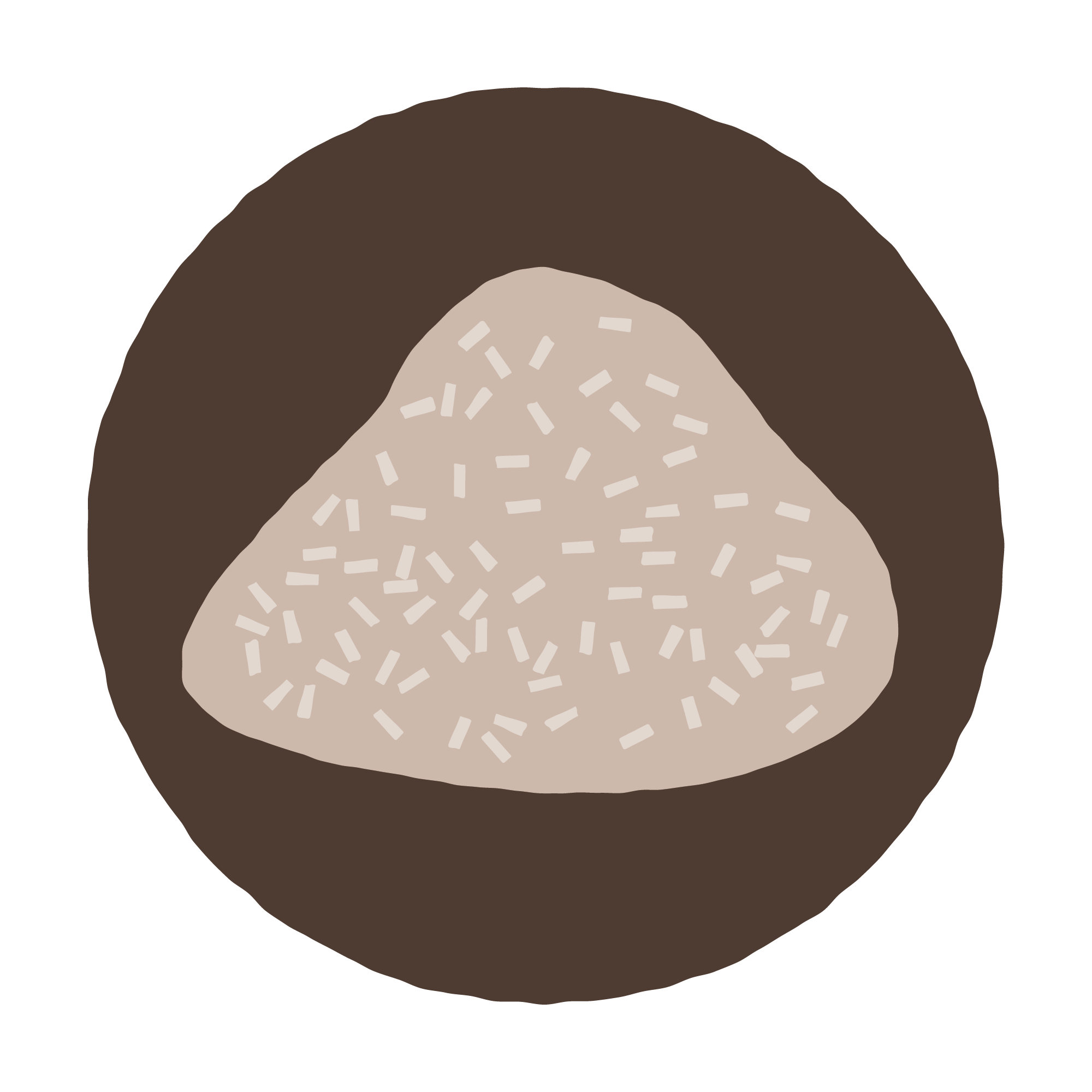
Pellets
Pellets are composed of biomass materials such as wood chips, bark sawdust, and other by-products that would otherwise end up in a landfill. By harnessing these by-products, wood pellet manufacturers can turn something that otherwise would be discarded into heating fuel

Pollinator effect
Pollinators are important vectors that provide multiple essential ecosystem services but are declining rapidly. Pollinators comprise highly diverse groups of animal species that transfer pollen in flowering plants

Post-harvesting technology
Application of scientific and engineering principles to the handling, storage, packaging, distribution, and sale of produce after it has been harvested. It is used to improve the quality and extend the shelf life of products
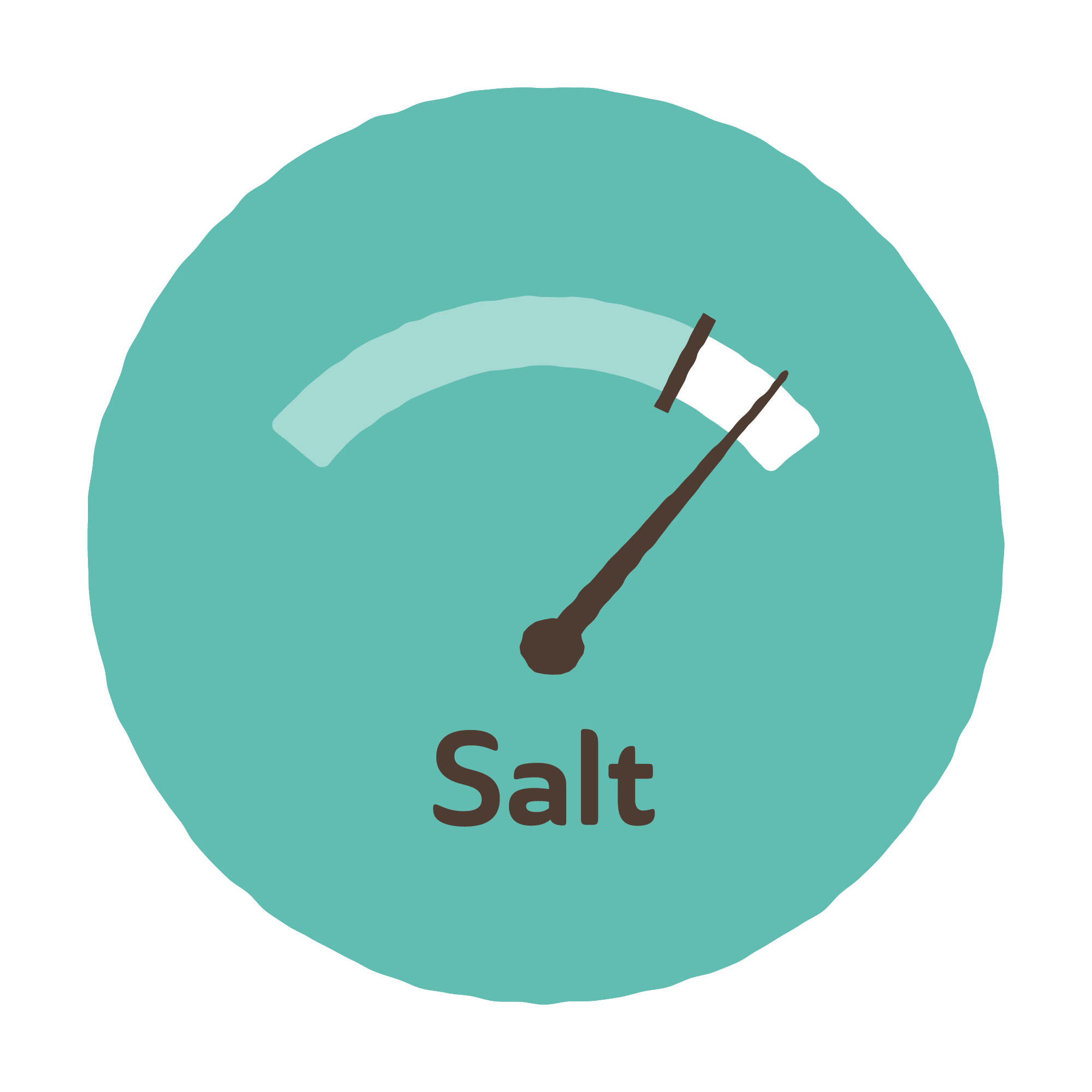
Saline soils
Excessive levels of soluble salts in the soil water (soil solution), high enough to negatively affect plant growth, resulting in reduced crop yields and even plant death under severe conditions
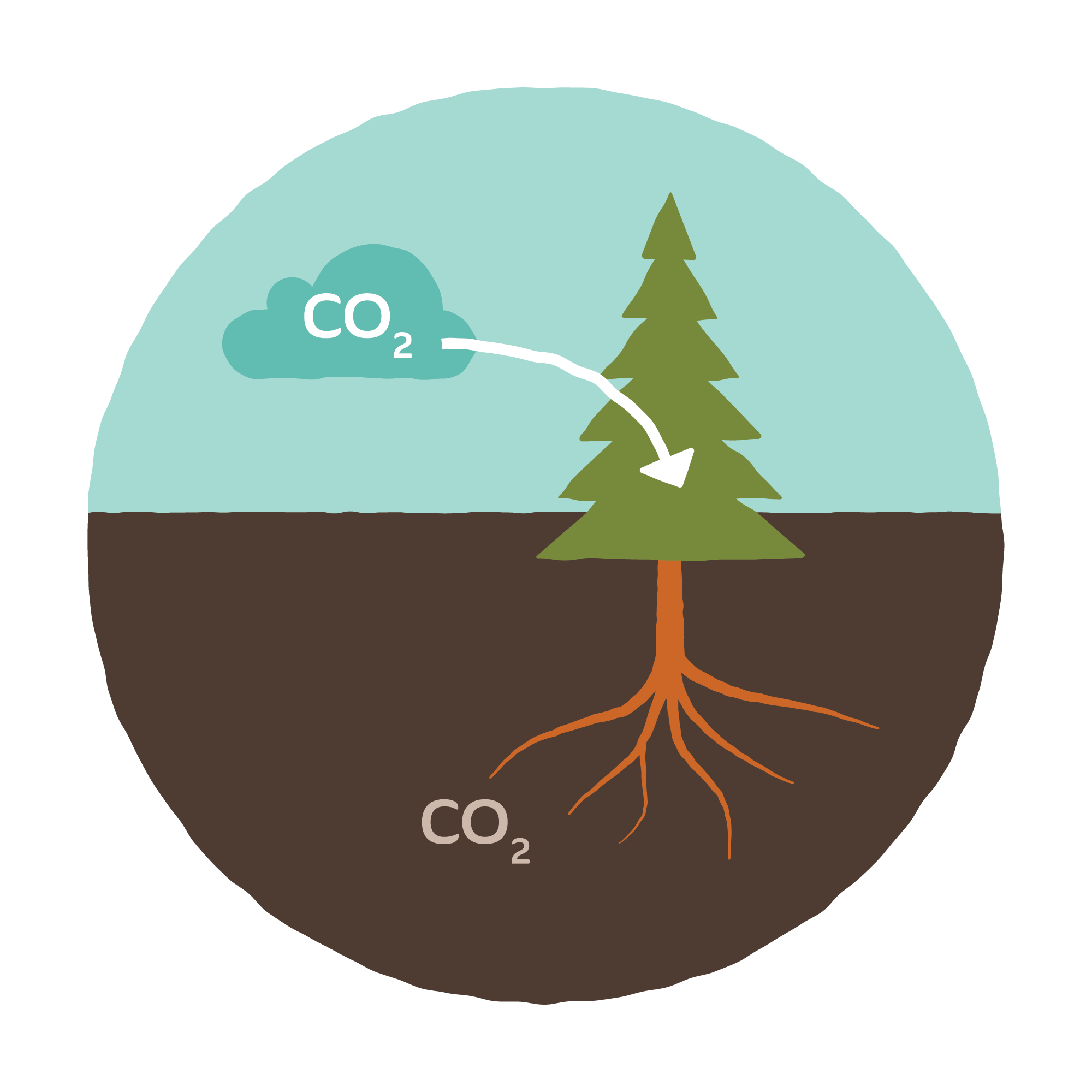
Soil Carbon sequestration/storage
Process by which carbon dioxide is removed from the atmosphere and stored in the soil carbon pool. This process is primarily mediated by plants through photosynthesis, with carbon stored in the form of soil organic carbon
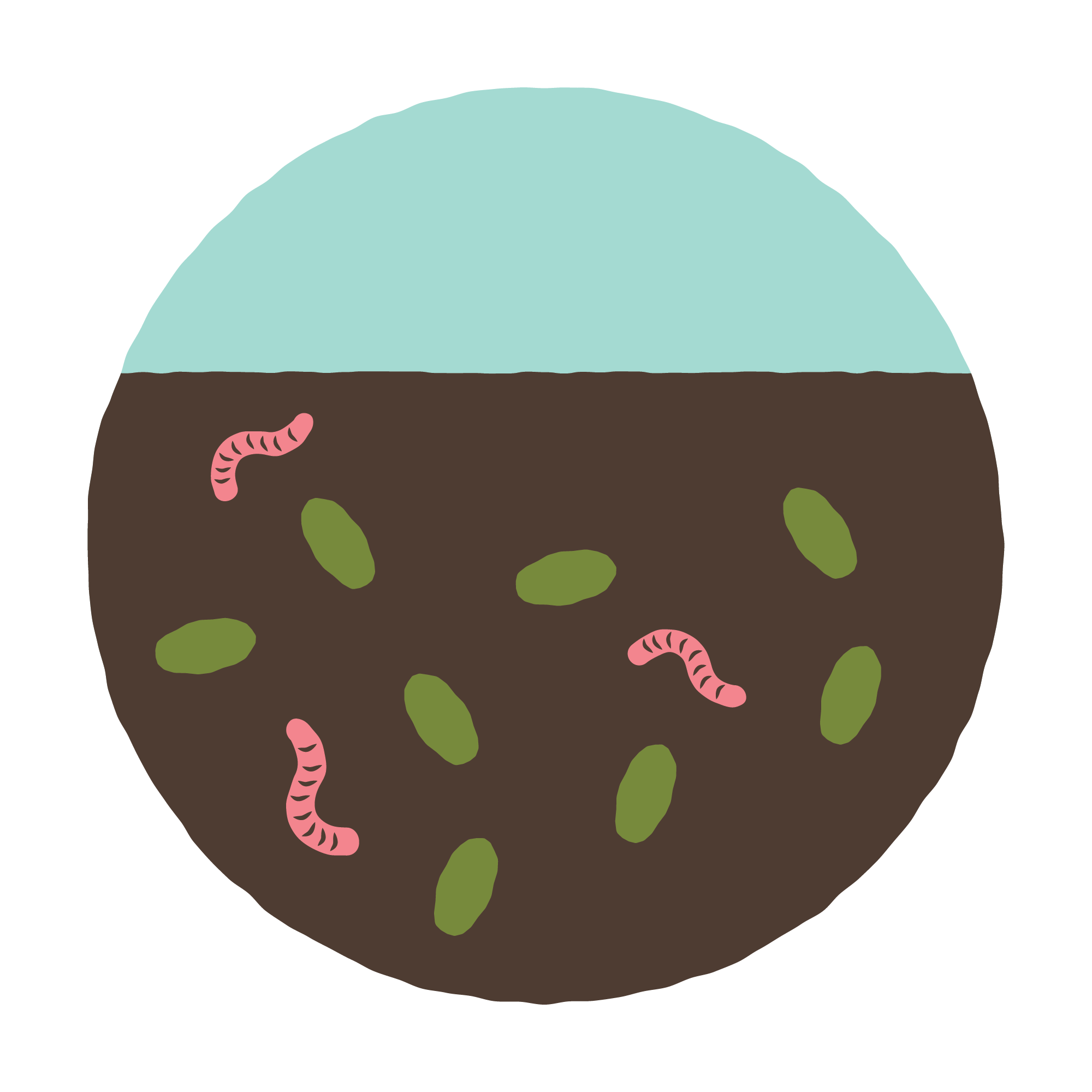
Soil Organic matter
Primary source of carbon that gives energy and nutrients to soil organisms. It supports soil functionality because it improves the activity of microorganisms in the soil, and it can enhance biodiversity

Soil remediation
Application of proven technologies to mitigate and manage risks from contaminated soils that could be harmful to human health and the environment. Contaminated soil is often the result of historical industrial processes and unregulated waste disposal practices

